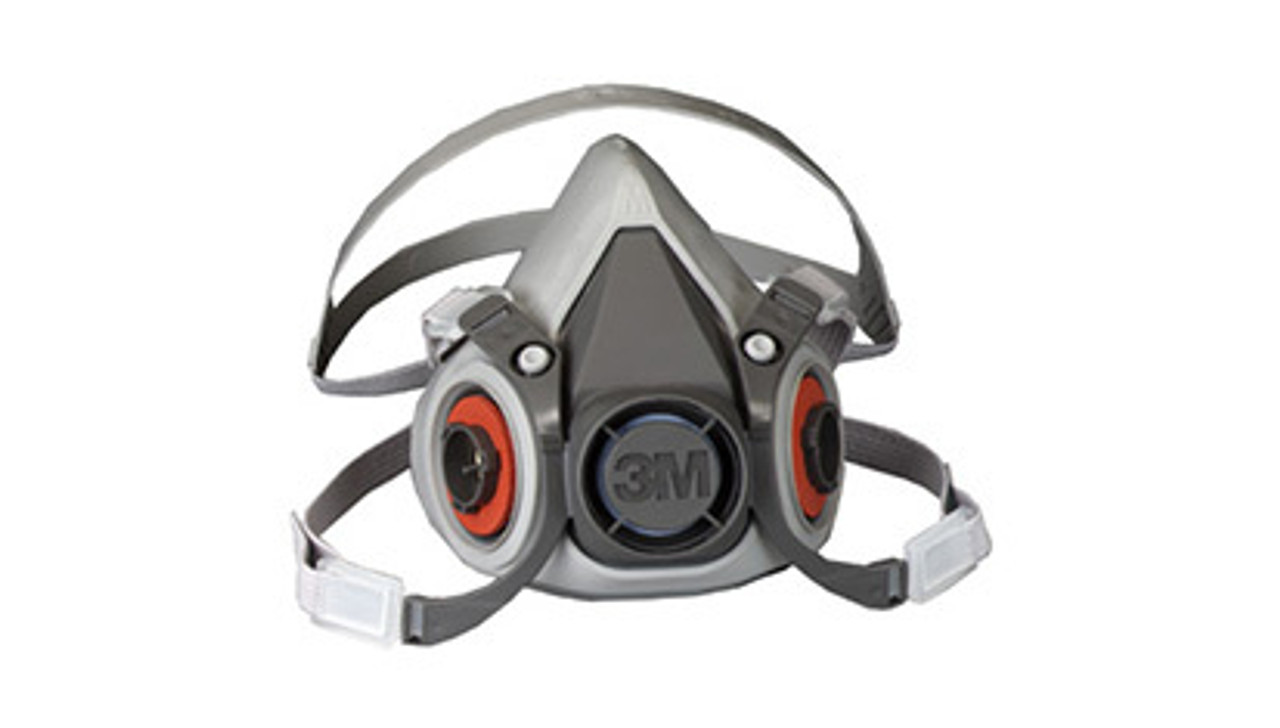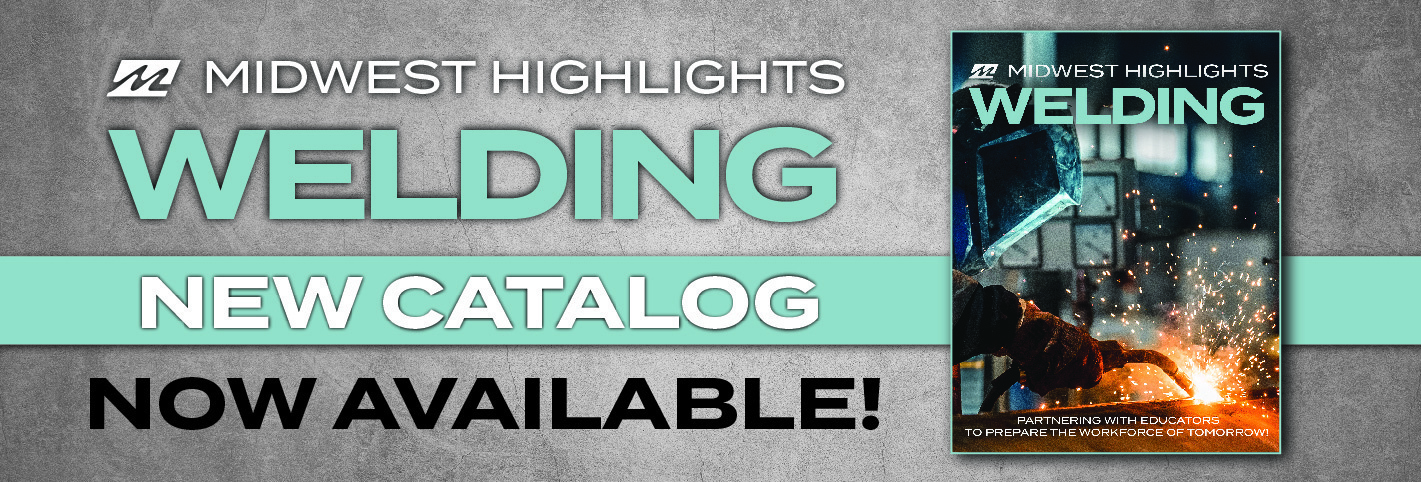Welding
Sub categories
Electrode Ovens

MIG Welders

Multiprocess Welders

Oxy-Acetylene Welding Kits

Plasma Cutters

Respirators

Spot Welders

Stick Welders

TIG Welders

Welding Benches

Welding Clothing

Welding Curtains & Frames

Welding Fume Extractors

Welding Glasses, Goggles & Faceshields

Welding Gloves

Welding Helmets

Welding Resources

Welding Supplies

Welding Tools

Wire Feeders
From floor to ceiling, head to toe, find everything welders need to complete a project from ideation to execution. Featuring learning tools, soldering benches, and safety products from the top welding brands in America.
Blog: 4 Welding Safety Supplies Your Students Need
Blog: Types of Welding to Teach Students
Blog: Designing a Welding Classroom
Blog: Choosing a Welding Machine
Blog: How to Create a Safe Welding Environment
Blog: New from Miller Electric: AR Welding Systems!
Product Resources
Miller Classroom Welding Resources
Miller Welding Newsletters

